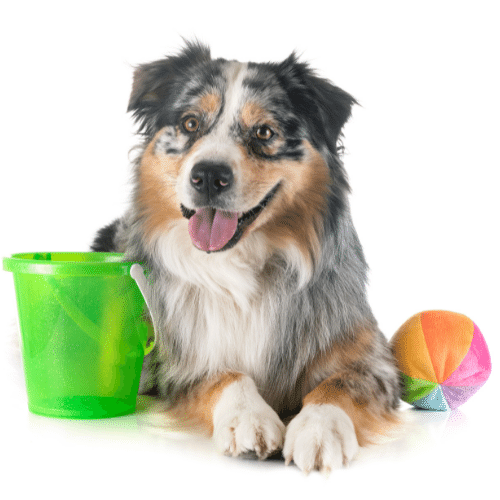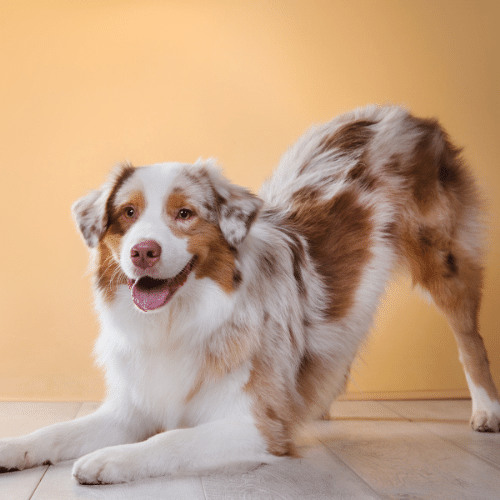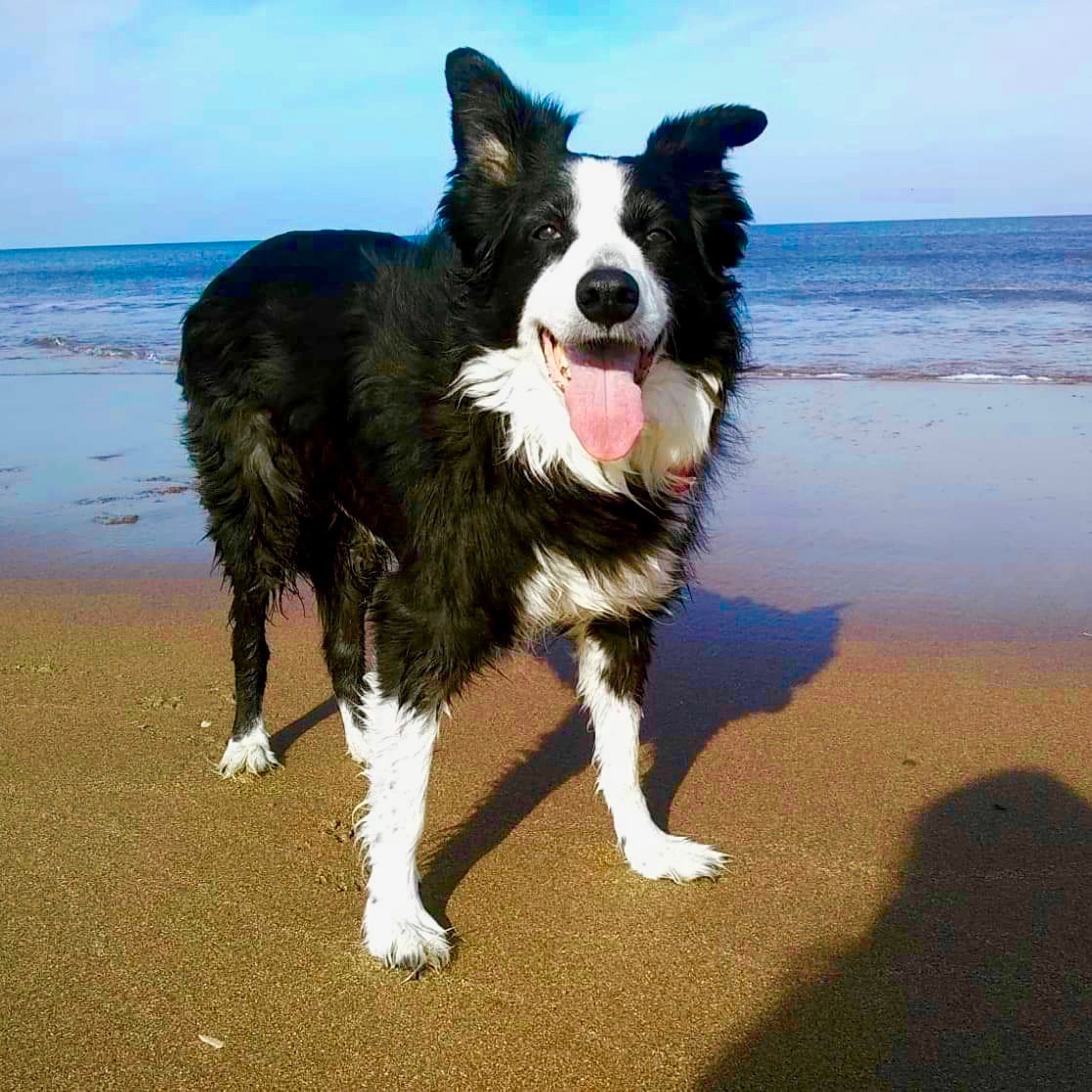
The post Are Australian Shepherds Good Indoor Dogs? appeared first on SpiritDog Training.
Trending Products

Dog Training Collar with Remote, 4200FT Electronic Dog Shock Collar with Beep, Vibration, Shock, Light and No Shock Mode, Electric Training Collar Set for Small Medium Large Dogs (Black Green)

Jugbow Dog Shock Collar 2 Dogs – 4200FT Dog Training Collars with Remote, IPX8 Waterproof E-Collar for Dogs Training Rechargeable e-Collars for Large Medium Small Dogs (10-120lbs)

Jugbow Dog Shock Collar 2 Dogs (10-120Lbs) – 4200FT Dog Training Collar with Remote IPX7 Waterproof Electric Collar with 4 Training Modes, Security Lock, Rechargeable e-Collar for All Breeds, Sizes

Bousnic Dog Shock Collar – 3300Ft Dog Training Collar with Remote for 5-120lbs Small Medium Large Dogs Rechargeable Waterproof e Collar with Beep (1-8), Vibration(1-16), Safe Shock(1-99) (Orange)

Heavy Duty Dog Leash with 2 Handles – 6ft Reflective Anti-Pull Leash for Large Dogs, Padded Traffic Handle for Control, Durable Nylon Training Lead (Black)









